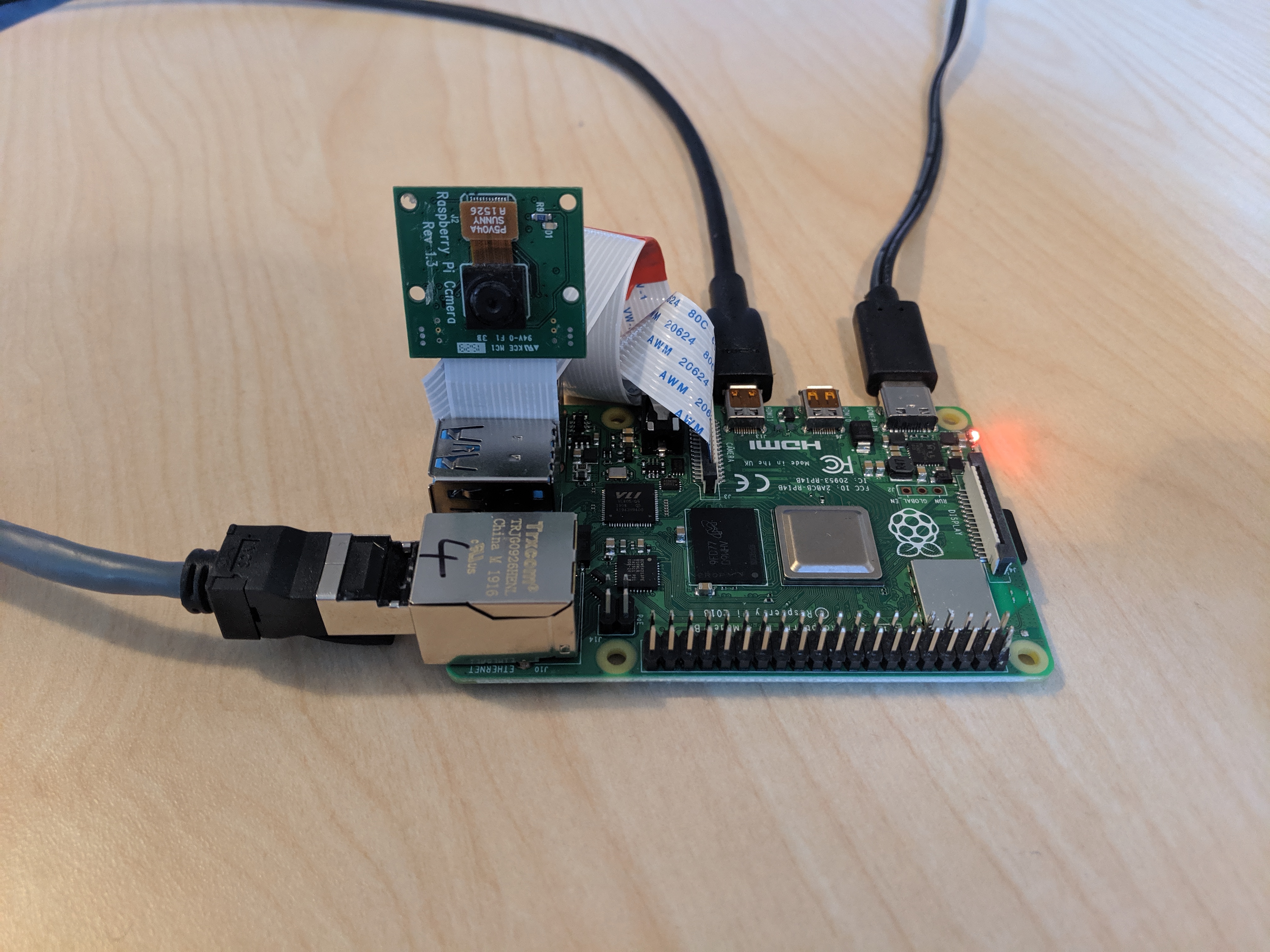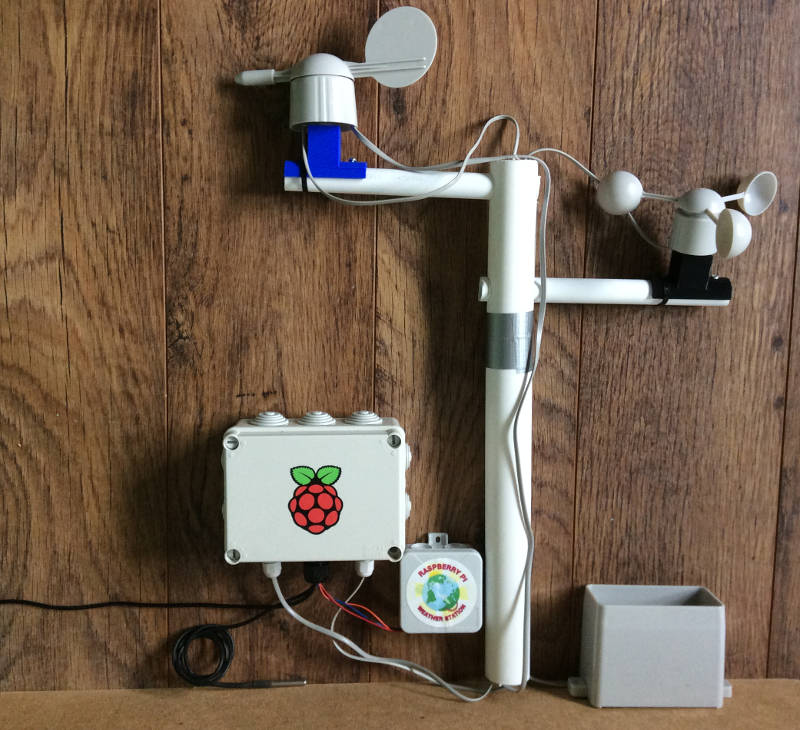

Now that we have all the parts required to power the Raspberry Pi and connect it to human interfaces and a network, it is time to get the OS loaded. A case is always a good idea when dealing with exposed hardware and avoid the risks of electrostatic discharge ( ESD). You want to be careful because the connector pins 1 and 2 (closes to the end of the board nearest the SD card) contain 3.3v and 5v of electricity and you do not want to accidentally cross those. You will also want a case to keep your Pi safe from electrical issues and to protect it from stresses on the connectors. Having a HDMI interface monitor is an optional nice-to-have for initial setup, but is not needed for long-term use. You probably already have these and don't need to buy them. It will also be nice to have a monitor with an HDMI interface. There are many online retailers where you can acquire the Raspberry Pi base system so it is easy to buy one. This is the most power currently available Pi (eventually there will be a Model C). The most important component is to get a Raspberry Pi Model B with. There are several items that you will need to obtain to get a fully-functional Raspberry Pi system.


For less than $50 you can get a fully-functional networked computer with many optional external interfaces. The inventors of the Raspberry Pi created the Raspberry Pi Foundation. The Raspberry Pi supports Python and Scratch (a graphical programming language). The Raspberry Pi was a project that grew out of the University of Cambridge's Computer Laboratory as an inexpensive computer to aid in the teaching of computer programming to students. For less than $50 you can have a remotely accessible network device for testing and troubleshooting up and working in less than 30 minutes. In this article we cover how to get a Raspberry Pi up and going and how to configure it for network monitoring purposes. The Raspberry Pi can also be a useful tool in conventional IT environments and can be an inexpensive way to perform remote network monitoring. It has been remarkably successful and there have been over Raspberry Pi systems sold. The Raspberry Pi is an amazing little inexpensive Linux-based computer.


 0 kommentar(er)
0 kommentar(er)
